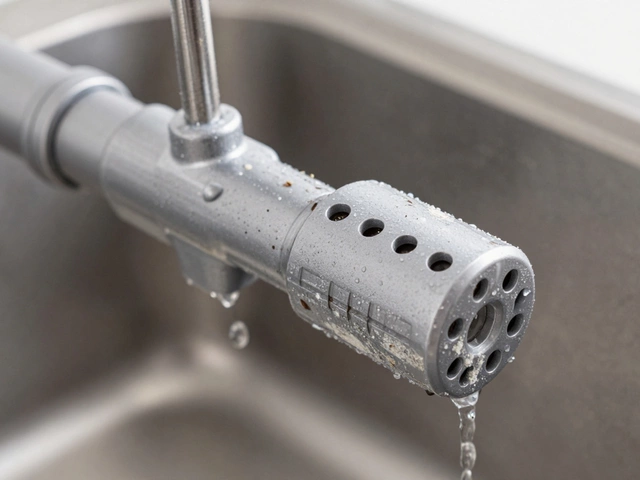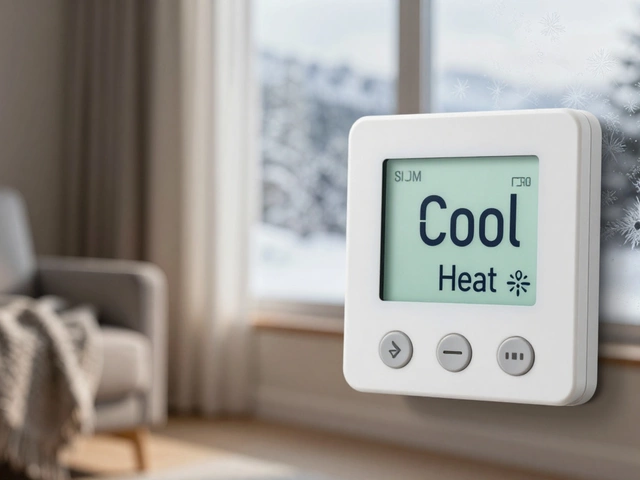Replacement Tips for Home Appliances
When dealing with Replacement Tips, practical guidance on when and how to swap out household appliances. Also known as appliance swap advice, it helps homeowners avoid unnecessary repairs and save money.
Appliance Repair, the process of fixing a broken machine to restore its original function often feels cheaper than buying a new unit, but Appliance Replacement, the act of removing an old device and installing a newer model can bring hidden benefits. A key decision point is the age of the item: older gear usually needs more frequent fixes, so the cost of repeated repairs adds up fast. Replacement tips therefore include checking the manufacturer’s warranty, comparing repair quotes, and estimating future maintenance costs. By weighing these factors you can tell if fixing the fridge today will lead to higher bills tomorrow.
One of the strongest drivers behind replacement tips is Cost Savings, the reduction in total expense over the appliance’s life cycle. When you compare a $150 repair bill with a $600 new model, the upfront price isn’t the whole story. A modern, energy‑efficient unit may cut electricity use by 30%, turning a higher purchase price into lower monthly bills. That’s why many of our guides stress calculating the pay‑back period – the time it takes for energy savings to balance out the higher cost. If the pay‑back is under three years, replacement usually wins.
Energy efficiency is another pillar of smart replacement tips. New appliances are required to meet stricter standards, meaning they run cooler, use less water, and generate less waste heat. This not only shrinks your carbon footprint but also reduces strain on other home systems, like the HVAC. When you pair an efficient dishwasher with a well‑maintained hot‑water tank, you’ll notice the water heater cycling less often, which extends its lifespan. So a replacement decision often hinges on how the new device will interact with existing equipment and improve overall home performance.
Keeping a regular Home Maintenance, routine checks and minor fixes that keep appliances running smoothly schedule can delay the need for a full swap. Simple actions like cleaning lint filters, descaling kettles, and checking door seals add up to big savings. Replacement tips therefore include a checklist: inspect seals quarterly, run a self‑diagnostic on smart appliances annually, and note any strange noises early. By catching problems early, you either fix them cheaply or have solid data to argue that a replacement is truly justified.
All these pieces – repair versus replace, cost calculations, energy gains, and regular upkeep – form a web of choices that our collection of articles untangles. Below you’ll find detailed guides that walk you through each scenario, from deciding whether a 20‑year‑old oven deserves a new life to spotting the hidden fees that turn a cheap fix into a pricey mistake. Dive in and use these replacement tips to make confident, money‑smart decisions for every appliance in your home.
Regularly replacing the anode rod in your water heater is crucial for maintaining its efficiency and longevity. An anode rod, often viewed as the unsung hero of a water heater, plays a pivotal role in preventing corrosion. By understanding the signs of wear and the ideal timing for replacement, homeowners can ensure optimal performance of their water heating system. This guidance is invaluable for those seeking to avoid unexpected breakdowns and extend the life of their unit.


